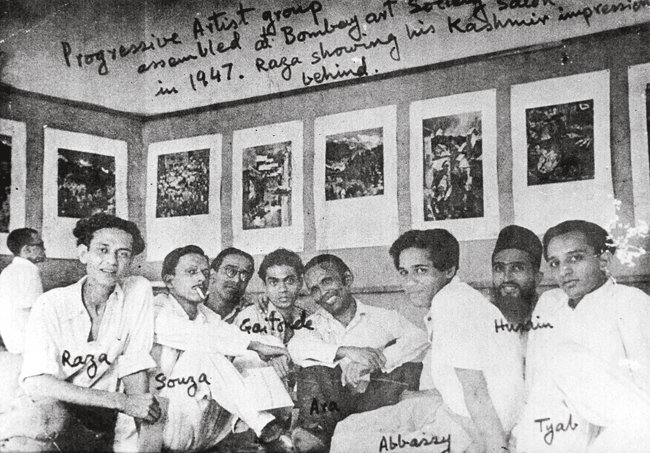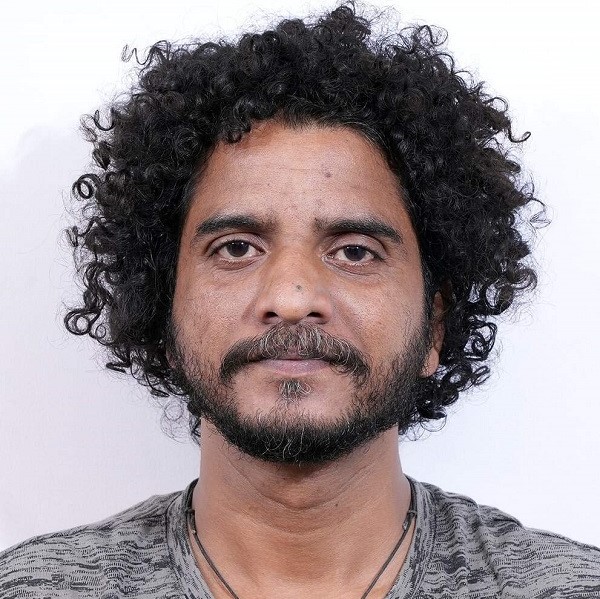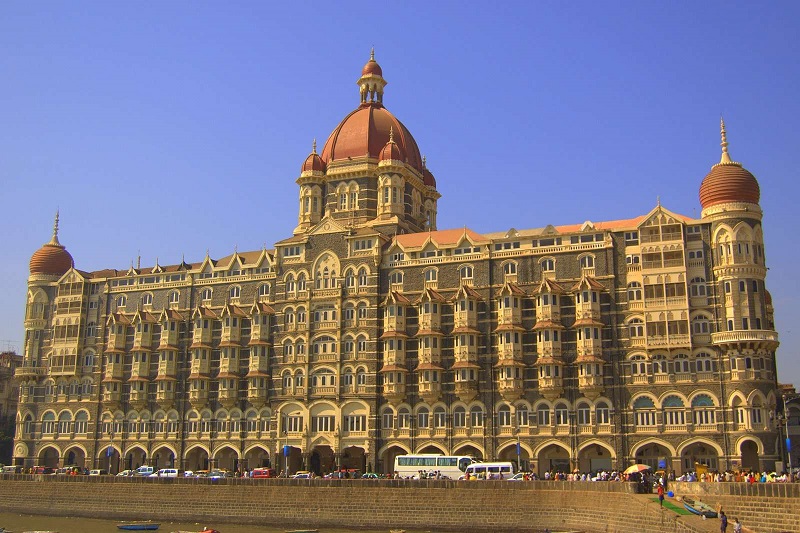Why do Luxurious Hotels matter in Art? Why is Art connected with Luxurious things, and are they any ordinary people who participate in Art events? We should identify the absence of ordinary people in the Art events, which may be held in five-star hotels or other luxurious spaces. The ‘Art event’ vocabulary is standard and solely defined and designed for certain category people; sometimes, even Artists are humiliated. Then, Why?
Art is an expression of society, an individual, or the time. But ‘What Art Is’ is the most significant query of Capitalism now. Art is not an easy matter or an expression of artists. It is a matter of patronising Art and Culture, its point of Capitalism, and the value of market and money. Creating Art is a social process, and the Artist is the inevitable point of this process. When Artist completes this process, the market will enter as an Accelerating agent with money, one of the powerful tools in Capitalism. Art does not create outside the market; the market itself motivates the production of Art. The taste of the market is visible and the cause of the creation of the Artwork that is sold or auctioned, and breaking the heads.
In a book titled Arrival Cities: Migrating Artists and New Metropolitan Topographies in the 20th Century, edited by Burcu Dogramaci, Mareike Hetschold, Laura Karp Lugo, Rachel Lee, Helene Roth, talk about the cityscape and Artscape, how they are connected, and how they emerge together. In this book, the editors and the writers scholarly put many subjects and areas, and cities to observe the urbanisation and the Art life grow together.
In this book, Rachel Lee writes an essay on Bomaby’s Progressive Art Group and their presence in Indian Art. The chapter title reveals the idea of Capitalism, market and Luxurious hotels and Art: Hospitable Environments: The Taj Mahal Palace Hotel and Green’s Hotel as Sites of Cultural Production in Bombay. What is the role of Progressive Art Group and luxurious hotels like the Taj Mahal Palace and Green’s Hotels in Indian Art?
In the introduction of the essay, Racheal Lee writes about the environment of the formation of the Progressive Art Group in Bombay, not somewhere. Why is Bombay the economic capital of India? Why did the Progressive Art Group members create something new and a representation of the ‘Modern Indian’ Art movement in Bombay?
Progressive Art Group of Bombay and Taj Hotel

‘The transformation of Bombay’s swampy archipelago landscape into colonial India’s economically most crucial port created a wealthy local industrial class, who invested their fortunes in the city. They contributed hugely to shaping the metropolis’s topography, including the Artscape, and patronising the arts. Late 19th-century art infrastructure, including the J.J. School of Art and the Bombay Art Society, combined with the burgeoning film industry, Parsi theatre, a vigorous local print media and a lively civil society, was also crucial in cultivating the art scene. In the 1930s, refugees fleeing the rise of fascism in Europe began arriving in Bombay, a “Migropolis” (Migropolis 2010) with a multicultural population. Among them were dancers, composers, screenwriters, art historians, art collectors, painters, illustrators, photographers and writers. Although small in number, these exiles contributed to the development of Bombay’s art scene in numerous ways: they established schools, held salons, joined societies, gave public performances, curated exhibitions, and lectured and published articles. Crucially, they worked with local artists, curators and patrons to catalyse the emergence of Modern Art, writes Rachel Lee.
Rachel Lee understands the idea of hotels as cosmos, a city within a city, and as catalysts of urbanisation. ‘Thus, critical institutions within cities appear as autarkic entities with little connection to the urban life unfolding outside their revolving doors, writes Lee. Luxury is a concept created by the Capitalist economy; Luxurious hotels never provide anything to people from outside class, even if they are artists.
The cultural productions helped bring new hotels to Bombay in the mid 19th Century because of the business boom and influx of foreigners involved in cultural production and performance in the city. Why Bombay was famous and incredible, as Bromfield writes, “Bombay wasn’t anything. It wasn’t India, or East or West, but an extraordinary muddle of everything on earth, quoted by Lee. Taj Hotel is a reflection of this observation, and ‘beyond its fusion architecture, it was founded and directed by a local industrialist, managed by Europeans and staffed in the main by Goans. Chinese mime artists, Russian dancers and American jazz bands provided entertainment. In the words of the Australian author Frank Clune, “Like many other things in Bombay, it’s a mixture of Eastern and Western ideas on the grand scale, writes Lee.
Art: Money Market and Luxury
Hotel Taj was converted as a space for the gathering of elite class people, foreign members, and exiled artists. The modern symbol of elite class society, Rotary Club does conventions in Taj, and they bring many people from different backgrounds for lectures and presentations. These ‘public activities’ bring the exhibitions of artists in the early 1930s and 40s. Rachel Lee quoted art historian Yashodhara Dalmia and explained how Taj was credited for launching Hungarian-Indian painter Amrita Sher-Gil’s career through an exhibition in 1936 while she was staying there. The Progressive Artists showed their work before the group were formed, and the Times of India and other newspaper brought the middle class’s attention to these events through their reporting and criticism. ‘More than a contact zone of colonial asymmetries, the associational and cultural events in the Taj and Green’s produced discursive spaces actively shared between local and exiled curators, artists, writers and activists, and colonial figures, writes Lee.
Nevertheless, these spaces were also exclusionary. Mainly English-speaking, they were the haunts of the local intelligentsia and cultural and monied elites – to which the exiled artists also belonged – rather than Marathi-speaking mill workers or unskilled labourers from Bihar- Rachel Lee
Progressive Art Group and their process matter because they are praised as a crucial element of Indian Art, and consider that they bring Modernity to Indian Art. If Modernity comes through their active participation and discussions, as Lee mentioned, the crowd of the exhibitions and gatherings of Art is crude ‘Elite’. Progressive Art Group is celebrating 75 years of legacy these days. The Progressive Art Group member artists are breaking records in auctions these days.
Looks into the connections between Art and luxurious hotels in Bombay, where the people have enriched Art as a patron. The contemporary Luxury situation in Art is a matter of thinking about Art and richness or Art and Luxuriousness. Art is never separated from patronage, and patrons are changed over time. Before Modernity, Art is under religious patronage. In Modernity, Capital becomes the patron for Art. Taj and Progressive Art Group’s story is a simple example of connecting this entity.
Revisiting the Legacy of the Progressive Art Movement and Modern Indian Art: Click here

Krispin Joseph PX, a poet and journalist, completed an MFA in art history and visual studies at the University of Hyderabad.





